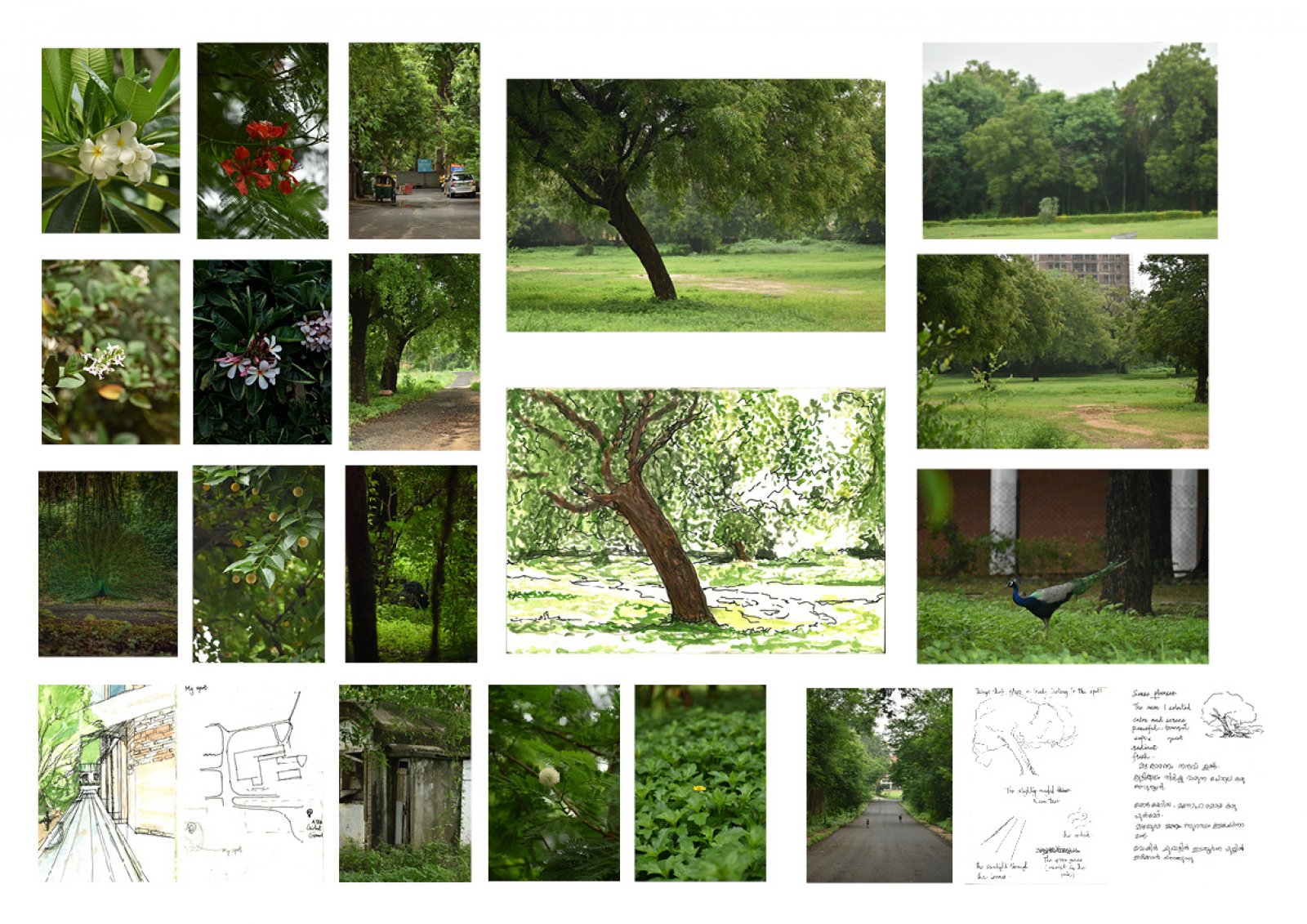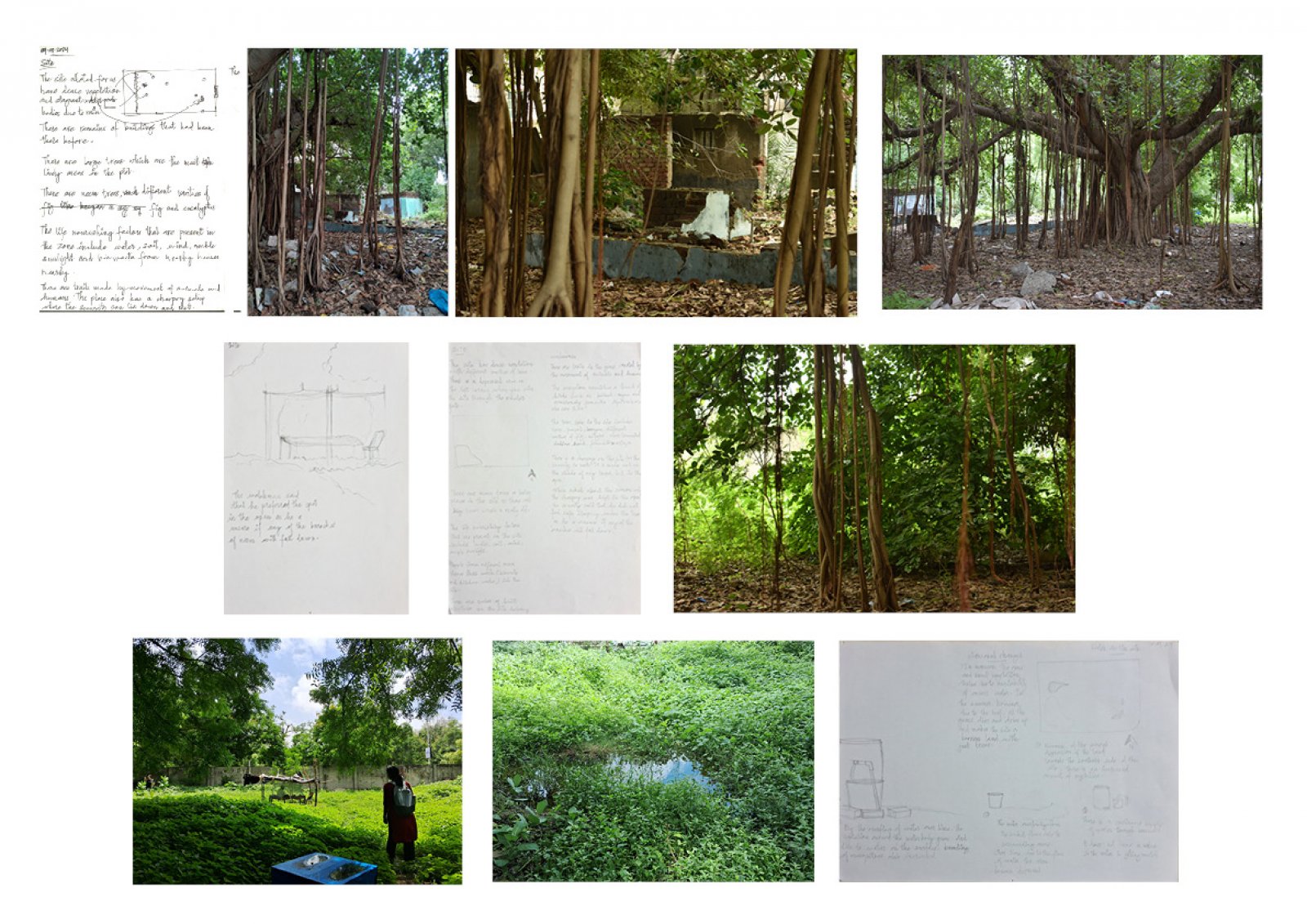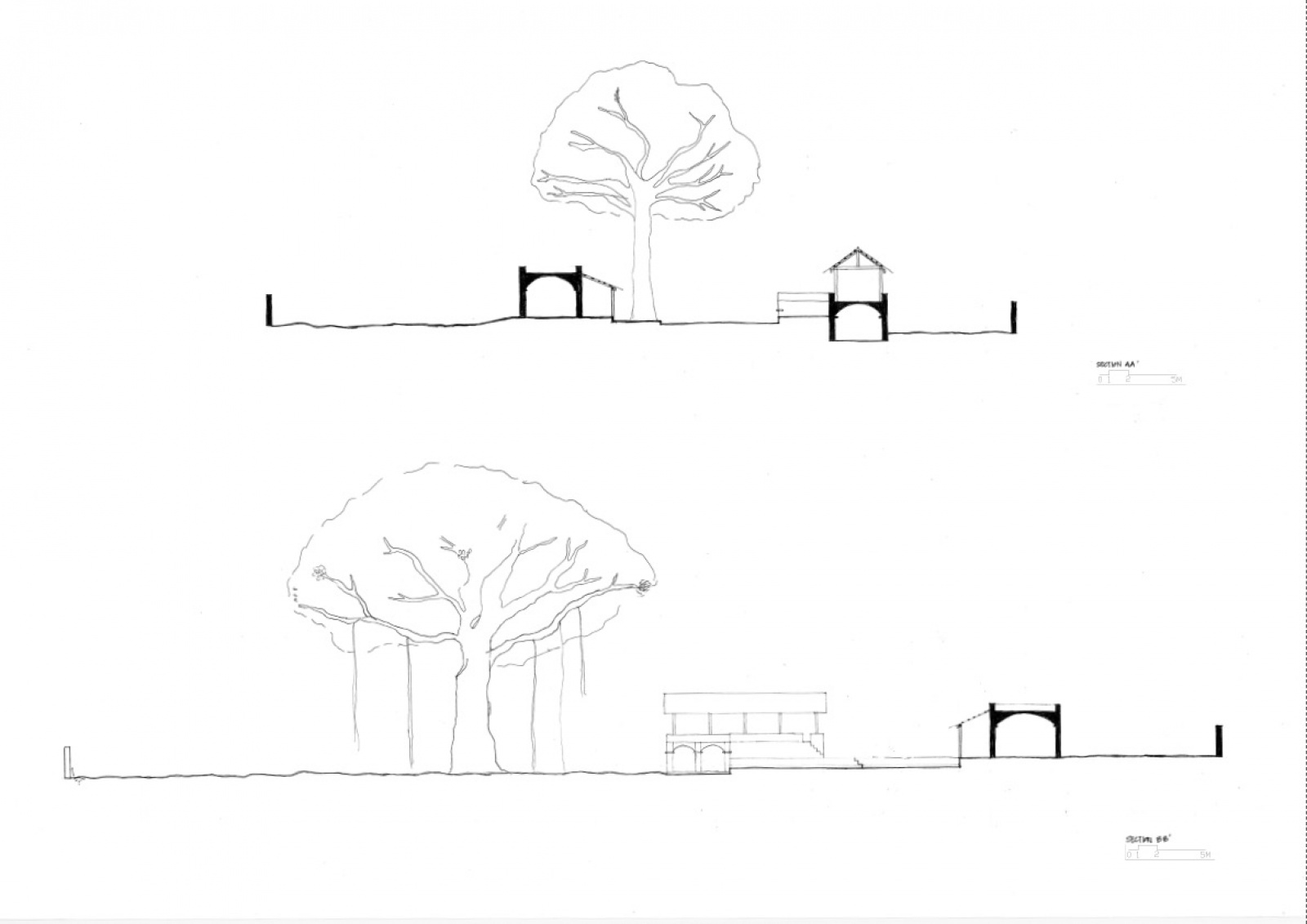Your browser is out-of-date!
For a richer surfing experience on our website, please update your browser. Update my browser now!
For a richer surfing experience on our website, please update your browser. Update my browser now!
The creation of our everyday life is not an isolated activity; it involves living alongside other lives and things. Stones and tables are just as alive as trees and birds. Our daily existence is a complex entanglement of various elements. This entanglement is what defines a place. So, how do we create things effectively? How do we cultivate places that promote well-being? This requires a connection where things share an inherent resemblance with one another, fostering a relationship of sympathy—much like the connection between a daylily and a hummingbird, or between a hand and a door handle. This “shaping of one another” highlights the importance of both craft and imagination in creating things and spaces. Craft focuses on the structure of objects, while imagination is a spirited exploration of dreams. When these seemingly opposing actions intertwine, they produce a harmonious song—a creative entanglement that arises from a graceful correspondence between the materials we engage with, the actions of our tools, and the activity of dreaming. Can we discover ways of fostering a feeling of making and knowing that enables this creative entanglement of craft and imagination?The creation of our everyday life is not an isolated activity; it involves living alongside other lives and things. Stones and tables are just as alive as trees and birds. Our daily existence is a complex entanglement of various elements. This entanglement is what defines a place. So, how do we create things effectively? How do we cultivate places that promote well-being? This requires a connection where things share an inherent resemblance with one another, fostering a relationship of sympathy—much like the connection between a daylily and a hummingbird, or between a hand and a door handle. This “shaping of one another” highlights the importance of both craft and imagination in creating things and spaces. Craft focuses on the structure of objects, while imagination is a spirited exploration of dreams. When these seemingly opposing actions intertwine, they produce a harmonious song—a creative entanglement that arises from a graceful correspondence between the materials we engage with, the actions of our tools, and the activity of dreaming. Can we discover ways of fostering a feeling of making and knowing that enables this creative entanglement of craft and imagination?The creation of our everyday life is not an isolated activity; it involves living alongside other lives and things. Stones and tables are just as alive as trees and birds. Our daily existence is a complex entanglement of various elements. This entanglement is what defines a place. So, how do we create things effectively? How do we cultivate places that promote well-being? This requires a connection where things share an inherent resemblance with one another, fostering a relationship of sympathy—much like the connection between a daylily and a hummingbird, or between a hand and a door handle. This “shaping of one another” highlights the importance of both craft and imagination in creating things and spaces. Craft focuses on the structure of objects, while imagination is a spirited exploration of dreams. When these seemingly opposing actions intertwine, they produce a harmonious song—a creative entanglement that arises from a graceful correspondence between the materials we engage with, the actions of our tools, and the activity of dreaming. Can we discover ways of fostering a feeling of making and knowing that enables this creative entanglement of craft and imagination?The creation of our everyday life is not an isolated activity; it involves living alongside other lives and things. Stones and tables are just as alive as trees and birds. Our daily existence is a complex entanglement of various elements. This entanglement is what defines a place. So, how do we create things effectively? How do we cultivate places that promote well-being? This requires a connection where things share an inherent resemblance with one another, fostering a relationship of sympathy—much like the connection between a daylily and a hummingbird, or between a hand and a door handle. This “shaping of one another” highlights the importance of both craft and imagination in creating things and spaces. Craft focuses on the structure of objects, while imagination is a spirited exploration of dreams. When these seemingly opposing actions intertwine, they produce a harmonious song—a creative entanglement that arises from a graceful correspondence between the materials we engage with, the actions of our tools, and the activity of dreaming. Can we discover ways of fostering a feeling of making and knowing that enables this creative entanglement of craft and imagination?
View Additional Work








